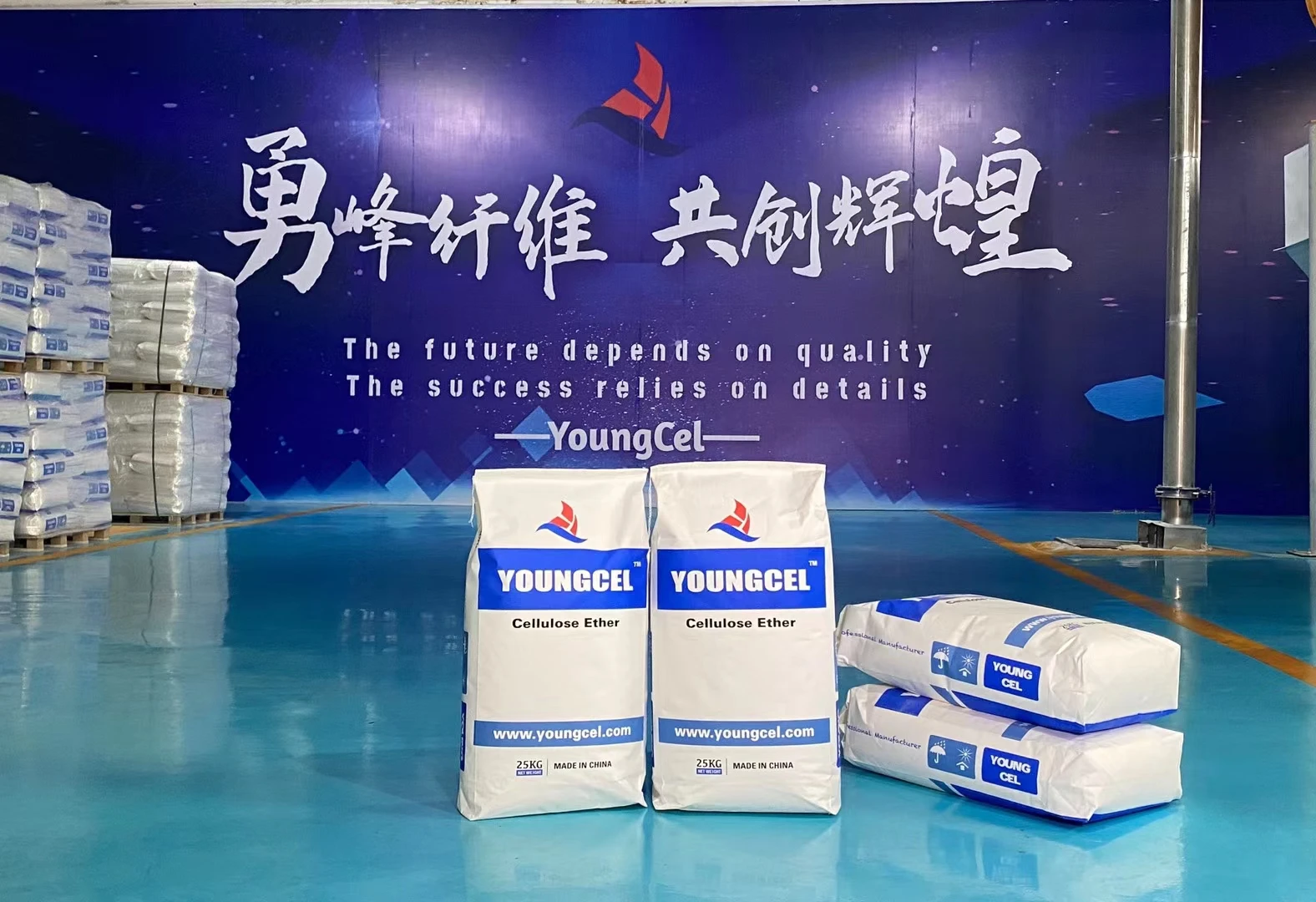The Role of Chemical Auxiliary Agents in Modern Industries
Chemical auxiliary agents, often referred to simply as auxiliary agents, are substances that are not the primary product being manufactured but play a critical role in enhancing the efficiency, safety, and effectiveness of production processes across various industries. These agents find applications in a wide range of fields, including textiles, pharmaceuticals, plastics, and even food processing. In this article, we will explore the functions, types, and significance of chemical auxiliary agents in modern industrial practices.
Functions of Chemical Auxiliary Agents
Chemical auxiliary agents serve multiple functions depending on the industry and application. Their primary roles include
1. Catalysis Many chemical reactions require catalysts to speed up the process without being consumed. Auxiliary agents often serve as catalysts or catalyst support, facilitating reactions essential for product development.
2. Stabilization In many chemical processes, products can be unstable. Auxiliary agents help stabilize products against degradation, ensuring a longer shelf life and better performance.
3. Improvement of Physical Properties In the textile industry, for example, chemical auxiliaries improve the texture, appearance, and durability of fabrics. Agents like softeners and resins can modify the feel and functionality of materials.
4. Enhancement of Solubility and Dispersion Certain chemical auxiliary agents help improve the solubility and dispersion of active ingredients in formulations, which is crucial in products like paints, detergents, and cosmetics.
5. Cleaning and Wetting In various applications, chemical auxiliaries act as surfactants that lower the surface tension of liquids, improving wetting and spreading properties. This is especially important in processes like dyeing, where even distribution of colorant is required.
Types of Chemical Auxiliary Agents
Chemical auxiliary agents can be categorized into various types, including
chemical auxiliary agent

1. Surfactants These agents reduce surface tension and enhance the spreading and wetting properties of liquids. They are commonly used in detergents, emulsifiers, and paints.
2. Dispersants These are used to stabilize suspensions and prevent the agglomeration of particles in liquids. They find extensive use in pigments and coatings.
3. Biocides Chemical auxiliary agents that help inhibit the growth of harmful microorganisms in various products, including paints and cleaning agents.
4. Stabilizers Agents like antioxidants and UV stabilizers are crucial in preventing degradation due to environmental factors like heat and light.
5. Defoamers These agents are critical in reducing or preventing foam formation in various processes, enhancing the efficiency of operations.
Significance in Modern Industries
The significance of chemical auxiliary agents cannot be understated. In an era where efficiency and sustainability are paramount, these agents enable manufacturers to optimize their processes. For instance
- In the textile industry, the use of chemical auxiliaries allows for reduced water and energy consumption during production, contributing to more sustainable practices. - In pharmaceuticals, the right auxiliary agents can enhance bioavailability and efficacy of drugs, improving patient outcomes. - In food processing, auxiliary agents help maintain quality and safety, ensuring that products meet health standards while achieving desirable characteristics such as texture and flavor.
Moreover, the ongoing advancements in technology are leading to the development of greener chemical auxiliary agents. These alternatives are designed to be less harmful to the environment and human health, aligning with global sustainability goals.
Conclusion
Chemical auxiliary agents play a vital role in modern industries, contributing to improved efficiency, safety, and product quality. As industries evolve and face new challenges, the development and application of these agents will continue to adapt, fostering innovation while promoting sustainability. Understanding and leveraging the capabilities of chemical auxiliary agents will be essential for industries seeking to thrive in an increasingly competitive global market. From enhancing the production of textiles to improving pharmaceutical formulations, their importance will only continue to grow as we strive for better, safer, and more efficient industrial practices.
-
The Application and Significance of Construction RdpNewsMay.19,2025
-
Industrial Grade HpmcNewsMay.19,2025
-
Building Coating Adhesive Building Coating Adhesive HpmcNewsMay.19,2025
-
Application Of Hpmc For Detergent For Detergent In DetergentsNewsMay.19,2025
-
Application Of Hpmc Cellulose In Cement-Based MaterialsNewsMay.19,2025
-
Application Of High Quality Hpmc For Construction In The Field Of ConstructionNewsMay.19,2025




